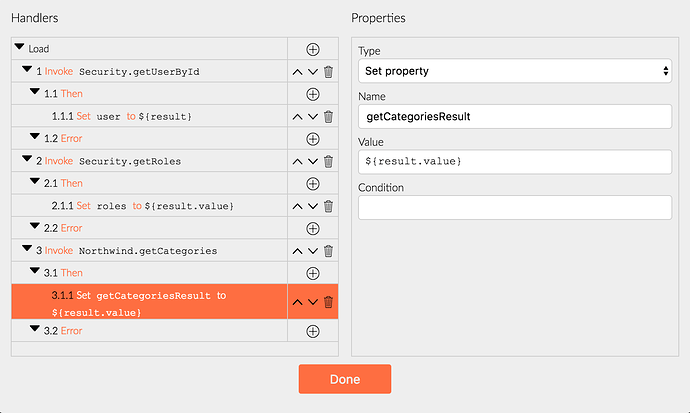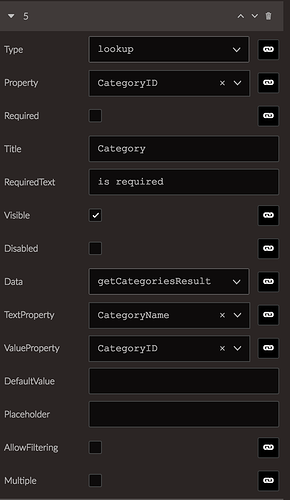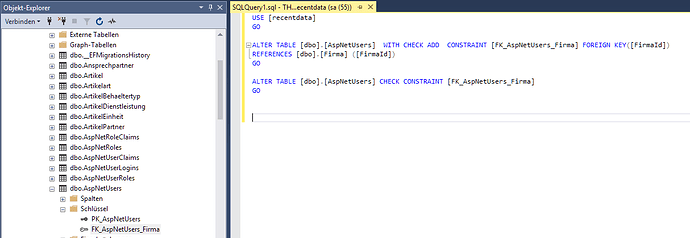Hello Radzen team,
i extend the Application User with a new property. All fine.
But now i must extend it with a new property as a foreign key.
My applicationuser must have an assignment to a “firma” record. I didnt find out how to do that with ef migrations.
Can u help me?
My app is in development so i dont need a migration. can i simply add the new property and foreign key in sql management studio and Radzen is aware of the new properties when i go to the security tab and click “create …” and “save”?
Kind Regards
Thomas



